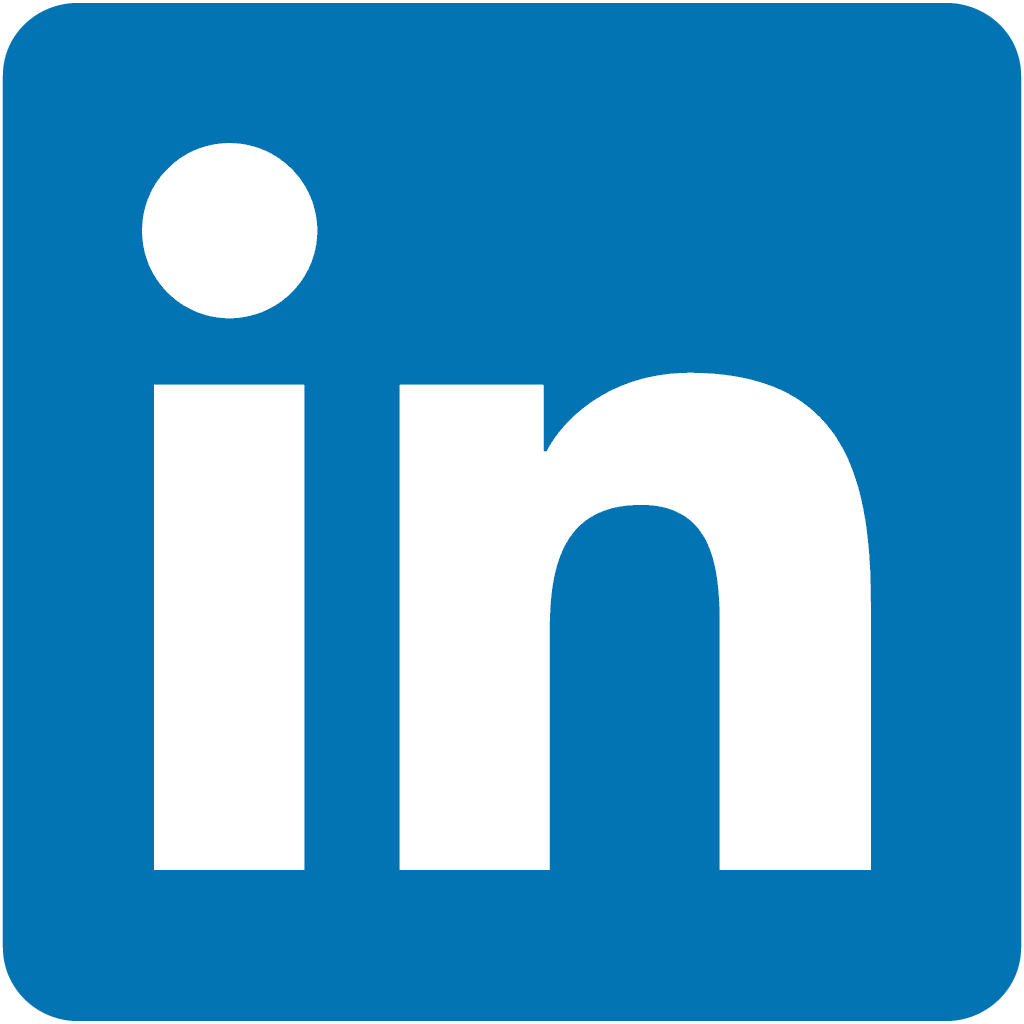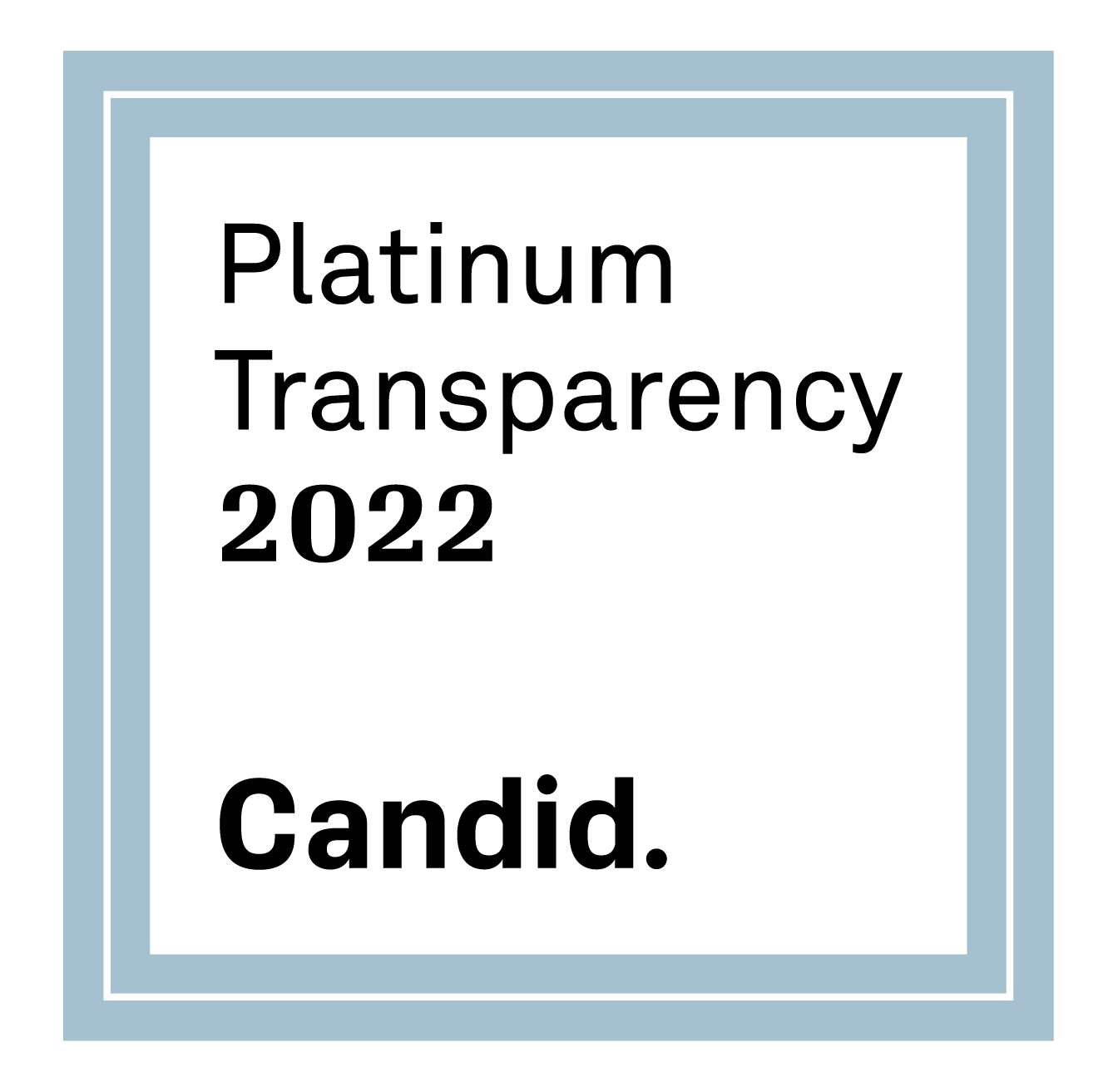PART 3: WHERE DO OUR INSTITUTIONS GO FROM HERE?
There is hope. But only with the proper changes and investments in public health, preparedness, healthcare, and communities.
After most disasters and emergencies, there is a process of debriefing and discussing lessons learned to ensure that this vital information is incorporated into future planning. There will be a time when we will reflect on the impact that COVID-19 has made on our lives. It is not too soon to consider what we have learned already. The insights gained should re-frame our preparedness efforts as a country and as individuals, because the next epidemic or pandemic is out there, even while we are still facing this one. With 7.5 billion people on the planet, the more we encroach on “far-away” places, the more we are all at risk.
During the Ebola outbreak in West Africa, public health interventions saved lives and stemmed the spread of the disease. The countries in Africa that had some form of public health infrastructure fared better that those that did not. The role of the local public health officials and the Centers for Disease Control (CDC)—who sent experts overseas to prevent the spread to the United States and responded when cases did happen—was essential. The modern public health system in the United States came into existence because science informed us how diseases develop and how to control them. According to C-E.A.Winslow, who launched Public Health at Yale in 1915, public health is “the science and art of preventing disease, prolonging life, and promoting health through the organized efforts and informed choices of society, organizations, public and private communities, and individuals.” The costs, both human and financial, of response efforts when we are not prepared or have not mitigated the risks are substantially higher than if we had made those investments along the way. Beyond saving lives, according to the National Institute of Building Sciences (NIBS), every dollar spent on disaster preparedness saves society six dollars, a 50% increase since 2005.
Why is investing in preparedness so difficult? People hedge their bets. With so many needs to fund, if there is no imminent threat, funding is often prioritized elsewhere. The problem is that more and more, our luck runs out. The cost of being unprepared, combined with the scale and frequency of disasters and emergencies, has led to unsustainable increases in response and recovery costs. In 2018, natural disasters cost the country $91 billion according to the National Oceanic and Atmospheric Administration, 80% of which was driven by only three disasters: Hurricane Michael in Florida; Hurricane Florence in the Carolinas; and the wildfires in the West. The economic losses estimated as a result of COVID-19, will make the CDC’s annual budget over the last 10 years seem insignificant. Then you have the need for additional funding, like the $8.3 billion in emergency aid Congress recently approved to combat the virus. A robust public health system, equal to the increasing risks we will face this century, requires sustained investments in our public health system; professions like emergency management; our first responders; healthcare workers; and community non-profits on the front lines. We are already assessing COVID-19’s impact on first responders and health workers, the very people we turn to for help if we are infected and fall ill. What should we expect from them if they were underfunded all along?
It is reasonable to assume that the tax payers will foot the COVID-19 bill. We always have. Rather than demand an approach where upfront investments are made in the things that pay dividends in the end, we continue to put ourselves in the position of picking up the costly pieces. Ironically, this was one of the issues that drove the creation of the Affordable Care Act (ACA). To reduce healthcare costs, you have to spread the costs. The more people in a healthcare plan, the lower the costs, hence the individual mandate. If the plan includes preventive and wellness care, then you start to get at the risks for disease early, when the costs are lower. Tying health insurance to a job may sound great, but it is an outdated concept dating back to 1943. We are living in the 21st Century, and it makes no sense. No matter what we throw at the healthcare system, costs continue to rise. Even the best employer plans have shifted significant costs to their employees through premiums, and endless charges including deductibles, co-insurance, and co-payments. Having access to health insurance you cannot afford, or having insurance that is so expensive that you avoid using it unless it’s an emergency, is not the same as actually having health insurance.
The ACA was meant as to start the shift towards person- and family-centered healthcare, and away from our current model of costly sick care. The Act covers well visits and preventive care, screenings, and when fully implemented, mental health, and dental care, all of which is important to the early identification and reduction of potential risks for disease and death. By the time a chronic disease takes hold, typically later in life, the treatment costs are expensive and the outcomes vary by person. A true healthcare system makes access to the tools and resources necessary to help people stay healthy, no matter where they live, and no matter their race, ethnicity, or socioeconomic background. From the start, the provisions in the ACA that would have led to the realization of improved health outcomes at a lower cost of care were eliminated. Remarkably, what did remain still made a difference to tens of millions of people who enrolled, and millions of others enrolled in employer and Medicare plans—the elimination of pre-existing condition provisions.
It is obvious that we need to ensure the improved health and well-being of all people in the US, which is the very focus of our public health system. Why don’t we focus more investments on helping people reduce their risks for disease, rather waiting until it is too difficult or costly to treat? Healthcare is an essential investment in our country’s preparedness against national health emergencies, like COVID-19. Without it, we are vulnerable. As a result of the endless debate about healthcare and healthcare costs in this country, people are left with a broken system, putting communities and people’s lives at risk, especially during an epidemic or pandemic.
With the exception of 2019, life expectancy within the United States has been on the decline. When taken together, obesity, chronic disease, drug and alcohol abuse, overdoses and suicide—referred to by some as “Deaths of Despair”—represent the canary in the coal mine. The last time in recent history when there was a decline in life expectancy was 1918, when it dropped 12 years due to an influenza pandemic during World War I. The questions then are the same as the questions now. Could COVID-19 be the tipping point for an already distressed healthcare system? Will the burden be on each of us to pay for our care if we get sick from something we had nothing to do with? What about the uninsured or under-insured? People are asking, but there are no answers. At least the plan is that any future vaccine will be covered under the ACA as an essential health benefit. For the 27.5 million people who are still uninsured—a rate that is at an all-time high since 2016, and includes mostly women, younger adults, lower-income families, it’s unclear how prevention and care will be covered.
Prepared at 3:00 p.m. on Sunday, March 15, 2020.









 English
English Spanish
Spanish Haitian Creole
Haitian Creole Chinese (Traditional)
Chinese (Traditional) Gujarati
Gujarati Hindi
Hindi Korean
Korean Portuguese
Portuguese